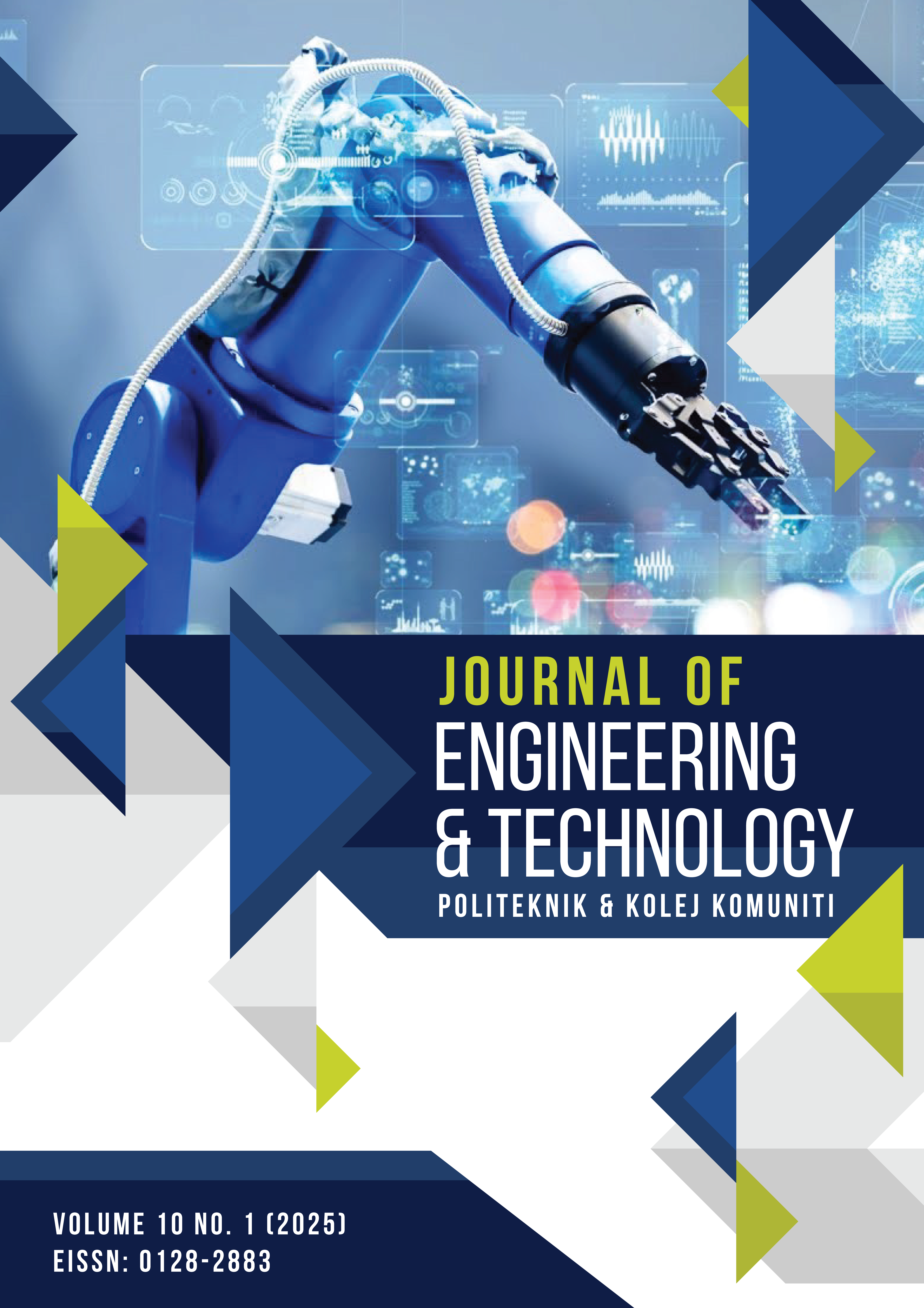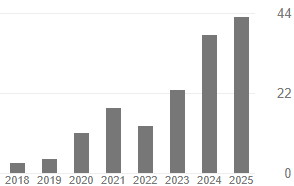Evaluating the Structural Advantages of Concrete-Filled Steel Tubes for Resilient Building Design
Keywords:
Axial Load, Concrete-Filled Steel Tubes, Earthquake Resistant Structures, Fire Performance, Structural PerformanceAbstract
Concrete-filled steel tube (CFST) columns have gained increasing popularity in the construction industry due to their enhanced structural properties and versatility in various forms. CFST columns are widely used in the construction of bridges, power transmission towers, and high-rise buildings, particularly in earthquake-prone regions. Despite their advantages, additional research is needed to fully understand their behaviour under axial loads, compression and fire exposure, particularly in dynamic conditions such as seismic events. This study evaluates recent literature on the structural advantages of CFST columns, focusing on several critical design factors such as the length-to-diameter ratio, steel tube wall thickness and their performance under compressive, axial, and fire stresses. The results show that CFST columns exhibit superior strength and ductility compared to conventional materials, with key design factors, such as tube dimensions and material properties, influencing their performance. Fire performance studies indicate that CFSTs maintain structural integrity under moderate fire conditions, although more research is required for extreme scenarios. The findings have important implications for the design of seismic-resistant structures, highlighting the need for optimised CFST designs to improve safety and durability in earthquake-prone areas. Future research should focus on advanced modelling techniques and further experimental studies to refine CFST design and expand its applications in construction.
Downloads
Published
How to Cite
Issue
Section
License
Copyright (c) 2025 Politeknik & Kolej Komuniti Journal of Engineering and Technology

This work is licensed under a Creative Commons Attribution-NonCommercial-NoDerivatives 4.0 International License.







